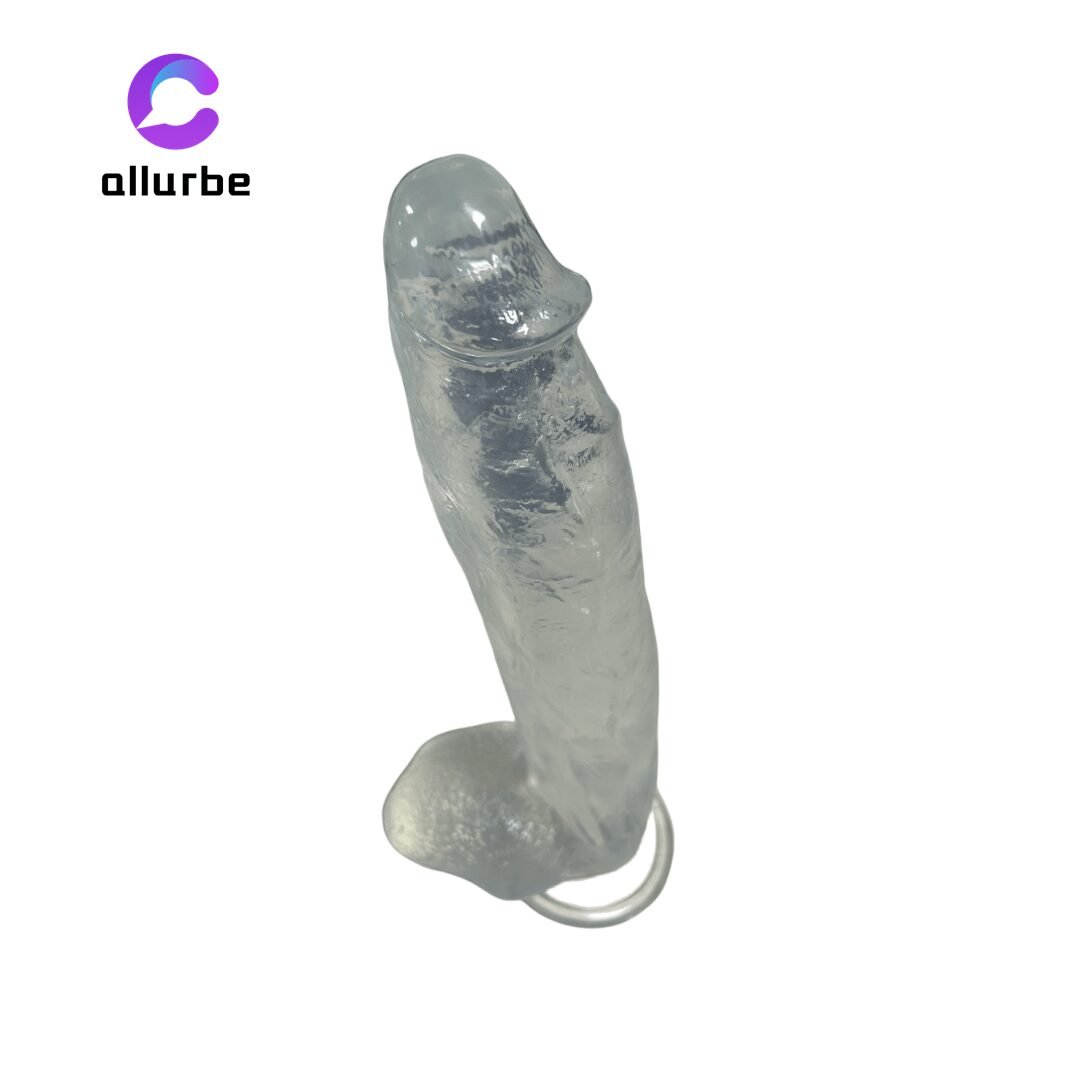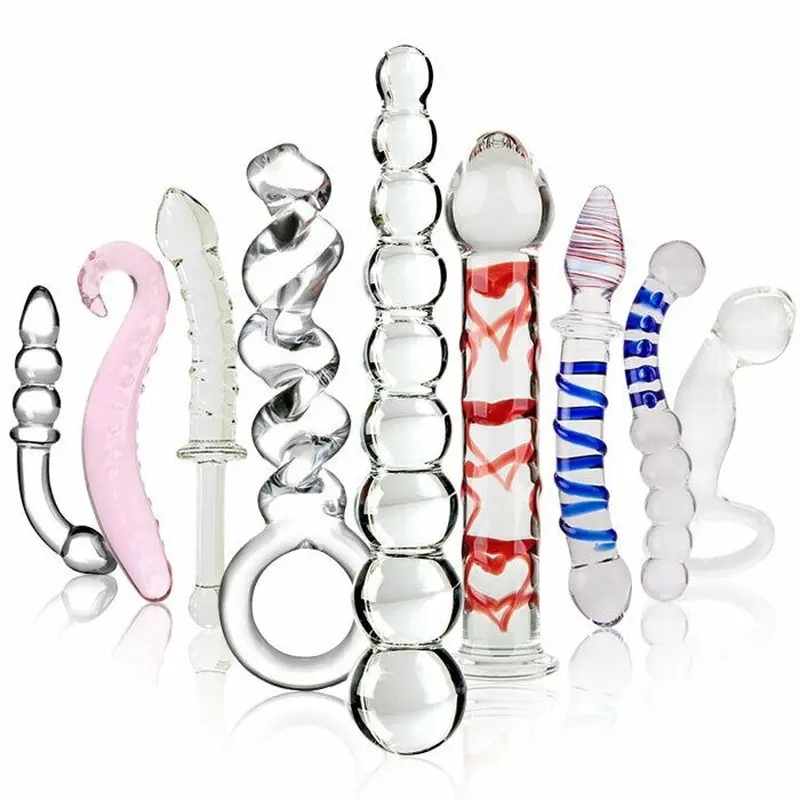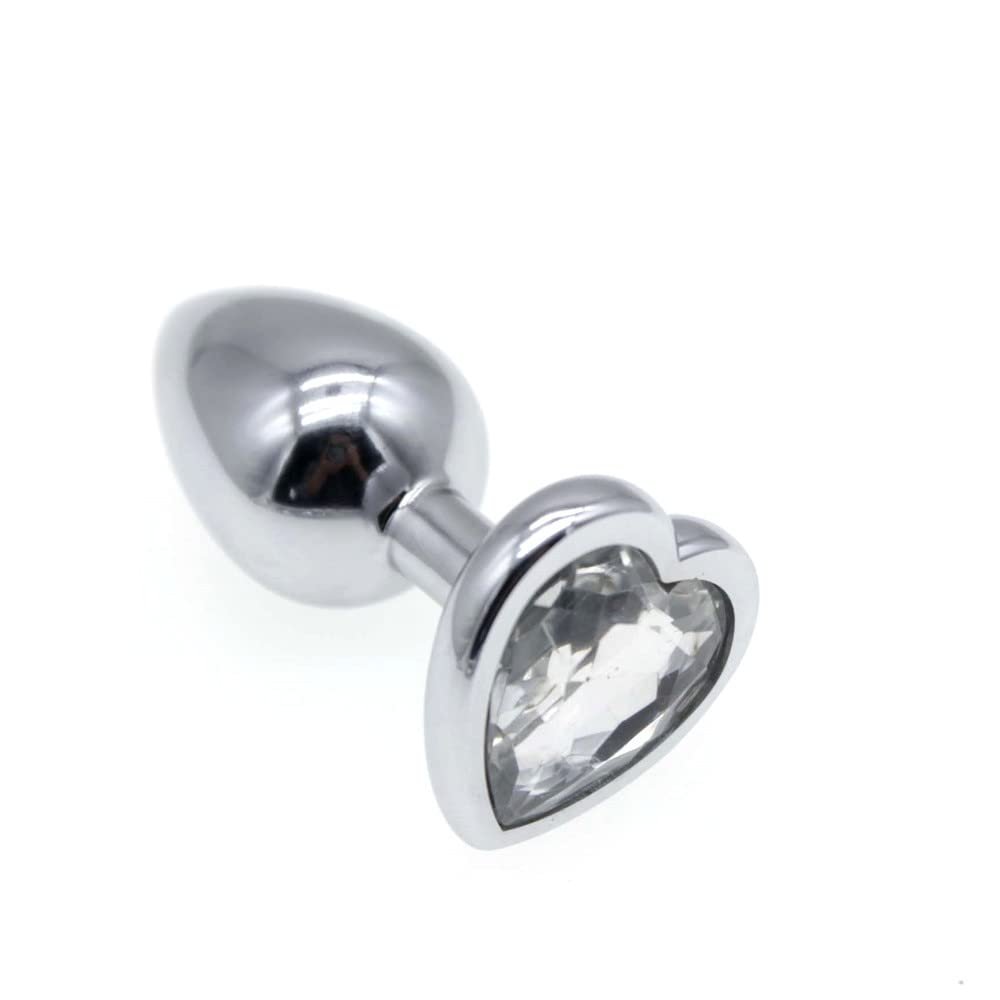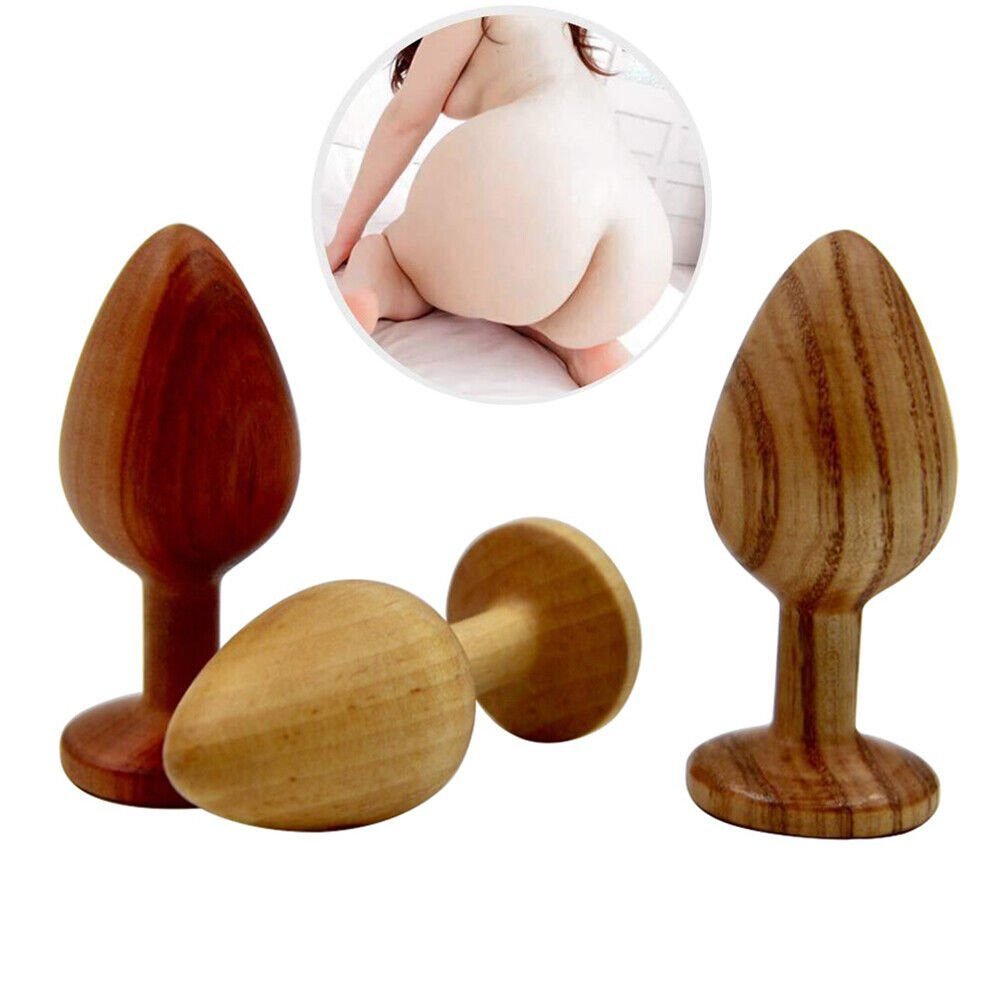Introduction
Sex toys originally began as imitation phalluses carved from stone. Based on the information we have, the earliest sex toys were dildos made from materials like stone, tar, wood, bone, ivory, limestone, teeth, and other substances. As economies developed, the prevalence of sex toys increased. Particularly in the American and European markets, the growth of sex toys has been rapid. Therefore, it is essential to thoroughly understand whether the sex toys you sell or use are safe. In this article, we will discuss in detail the safety of sex toy materials and how to choose safe materials for sex toys.

1. Common Sex Toy Materials
1.1 Silicone

Most of the sex toys currently on the market are made from silicone, which has the following characteristics:
1. Flexibility: Silicone feels very soft to the touch, making it an ideal material for sex toys as it closely resembles the feel of human skin. Additionally, it can easily return to its original shape after deformation.
2. High Temperature Resistance: Silicone materials have excellent heat resistance and will not deform or melt under normal body temperature.
3. Safety: Normal silicone does not contain harmful substances such as phthalates, so it is unlikely to cause allergies or skin irritation.
4. Easy to Clean: Silicone materials are not prone to dirt buildup and are easy to clean and disinfect, making them suitable for repeated use.
5. Corrosion Resistance: Silicone materials have excellent corrosion resistance and are not easily corroded by chemicals.
In addition to conventional silicone materials, there are also some special types used in various applications:
– Medical Grade Silicone: This type of silicone is commonly used in the manufacture of medical devices and instruments due to its high biocompatibility and non-toxicity. While medical-grade silicone is more expensive than general silicone, it is also safer and more reliable.
– Food Grade Silicone: This type of silicone is considered safe for contact with food and is often used to make baking tools, kitchen utensils, and baby tableware. Although food-grade silicone is highly safe, it may not be suitable for making sex toys, as sex toys require higher standards.
– Liquid Silicone: Known for its fluidity and ease of molding, liquid silicone is often used to manufacture products with complex shapes and structures. Because liquid silicone can be directly injected into molds, it can often produce more realistic and comfortable sex toys.
– Magnetic Silicone: Some silicone manufacturers incorporate magnetic therapy elements into silicone, claiming that these sex toys can provide additional stimulation and health benefits. However, there is controversy over whether magnetic silicone truly provides these benefits.
1.2 TPE-Thermoplastic Elastomer

Elasticity: TPE has excellent elasticity, providing a soft and lifelike feel similar to real skin, making sex toys more realistic.
Gentleness: TPE material does not contain harmful substances to the human body, such as phthalates, making it gentle on the skin and less likely to cause allergies or irritation.
Abrasion Resistance: TPE has good abrasion resistance, making it resistant to wear and deformation, thus maintaining a long service life.
Plasticity: TPE material is easy to process and shape, allowing for the production of various shapes and structures of sex toys to meet the needs of different users.
Easy to Clean: TPE sex toys have a smooth surface that is not prone to dirt buildup, making them easy to clean and disinfect to maintain hygiene.
Regarding the types of TPE materials commonly used in sex toys, there are generally two:
Polyolefin TPE: This type of TPE is made from polyolefin-based materials such as polypropylene (PP) and polyethylene (PE), which are processed to form TPE. Polyolefin TPE typically has good heat resistance and chemical resistance, but is generally not suitable for use in sex toys.
Silicone TPE: This type of TPE is a mixture of silicone-based materials with other polymers or additives. Silicone TPE has excellent heat resistance, cold resistance, and weather resistance, as well as a soft touch, making it suitable for manufacturing medical devices, food packaging, and baby products. This type of TPE is commonly used in masturbators, dildos, and sex dolls.
1.3 ABS-Acrylonitrile Butadiene Styrene
ABS plastic is a commonly used material in the manufacture of sex toys, offering several advantages.
Durability: ABS plastic is highly resistant to wear and tear, making sex toys capable of withstanding frequent use without easily wearing out or becoming damaged.
Safety: ABS plastic is non-toxic and generally considered a relatively safe material for sex toys. It does not contain harmful substances such as phthalates and meets food-grade safety standards.
Ease of Processing: ABS plastic is easy to process and mold, allowing for the production of sex toys in various shapes and sizes to meet different user needs.
Smooth Surface: Sex toys made from ABS plastic typically have smooth surfaces, providing a comfortable feel and making them easy to clean and disinfect.
Malleability: ABS plastic has good malleability and can be processed into complex structures through heating and molding processes, offering more design possibilities.
While ABS plastic offers many advantages, it’s still important to observe some precautions, such as avoiding use with oil-based lubricants to prevent material damage.
1.4 Glass

In recent years, glass has become a popular material for sex toys. Sex toy manufacturers typically use borosilicate glass or borosilicate glass as raw materials. These materials have smooth surfaces, and because glass is a non-porous material, it’s easy to clean and doesn’t harbor bacteria. Additionally, glass can quickly heat up or cool down with temperature changes, making it suitable for temperature-sensitive stimulation. You can enhance stimulation by cooling or heating glass sex toys.
1.5 Other Materials for Sex toys
Metal: Sex toys made of metal are typically constructed from stainless steel or aluminum, providing durability and a substantial weight. They often offer intense pressure and stimulation and are easy to clean.
Wood: Wood sex toys have a natural, warm appearance and texture, appealing to users seeking a unique sensation and experience. They are often handmade, resulting in each piece having a distinctive appearance.
Porcelain: Porcelain sex toys usually feature smooth surfaces and delicate aesthetics, offering a unique sensation and experience. They may come in various textures and designs, suitable for users seeking an elegant feel.
PVC: PVC is a very inexpensive thermoplastic material known for its abrasion resistance, corrosion resistance, and durability. It’s important to note that some low-quality PVC materials may contain harmful substances like phthalates, so selecting PVC sex toys free from plasticizers is crucial.


The above is a brief overview of sex toy materials. If you have any questions about sex toy materials, feel free to contact us at info@allurbe.com for assistance. Our engineers are more than happy to help you.
Next, let’s discuss the harmful substances produced by sex toys manufactured from inferior raw materials:
2.1 Phthalates
Phthalates: This is a commonly used plasticizer to increase the flexibility and elasticity of plastics. However, some studies suggest that long-term exposure to phthalates may have adverse effects on the endocrine system and reproductive system.
2.2 Phenol
Phenol: This is a common disinfectant and solvent that may be used in some inexpensive sex toys. Phenol may cause irritation to the skin and mucous membranes, and may potentially be harmful to human health.
2.3 Heavy Metals
Some sex toys may contain heavy metals such as lead and mercury, which can be harmful to human health. Prolonged exposure to heavy metals can lead to poisoning and cause damage to organs such as the nervous system, liver, and kidneys.
2.4 Dyes and Pigments
Some inexpensive sex toys may use low-quality dyes and pigments, which can have adverse effects on human health, especially on the skin and mucous membranes.
3.How to Choose the Right Sex Toy Material
Choosing the right sex toy material should prioritize safety. It’s important to select materials that meet food-grade, medical-grade, or body-safe standards to ensure the product is free from harmful substances and safe for users’ health. Additionally, consider the usage scenarios and personal preferences when selecting sex toy products. Factors such as softness, comfort, and durability should also be taken into account to ensure the chosen product meets individual needs and preferences. Finally, when making a purchase, be sure to carefully read the product instructions, choose reputable manufacturers and brands to ensure safety and quality.
In Summary
In the production and sale of sex toys, choosing the right materials is crucial. The appropriate material selection not only ensures the user’s physical health and comfort but also increases consumer trust in the sales side of sex toys. Therefore, when developing and selling sex toys, the safety and quality of materials should always be a top priority to meet consumer needs and establish long-term trust relationships.








